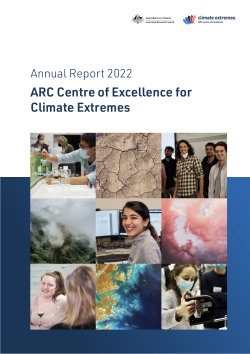

January
As Australia’s east coast experienced heavy wind and rains and the Northern Hemisphere faced some of the most extreme heatwaves ever seen, Dr Andrew King provided an important summary of what happened with climate extremes in 2021 and of what was set to come in 2022, for The Conversation.
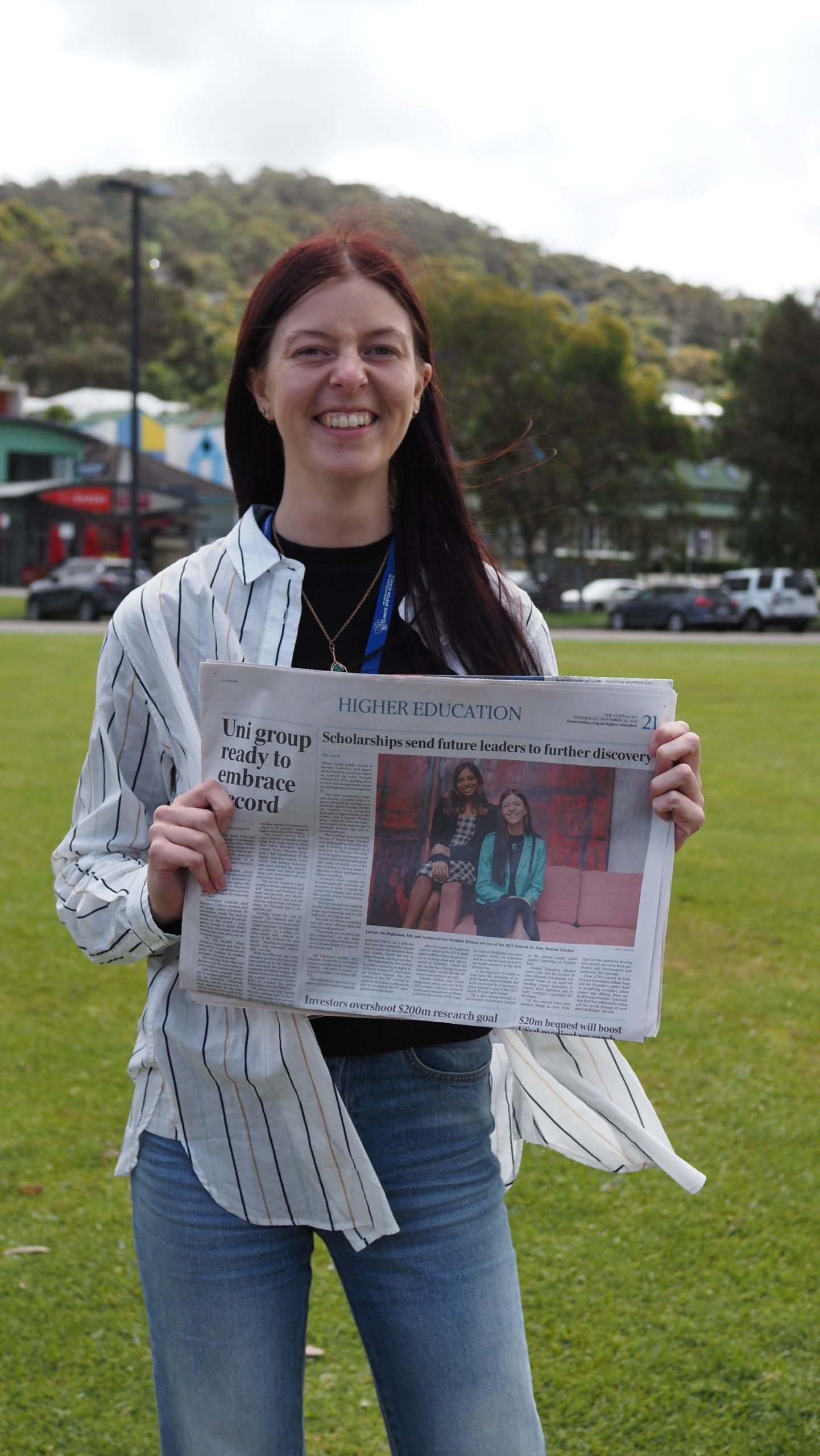
February
Dr Nina Ridder explained the role that La Niña and climate change played in Australia’s ongoing flooding situation for international audiences in The New Scientist.
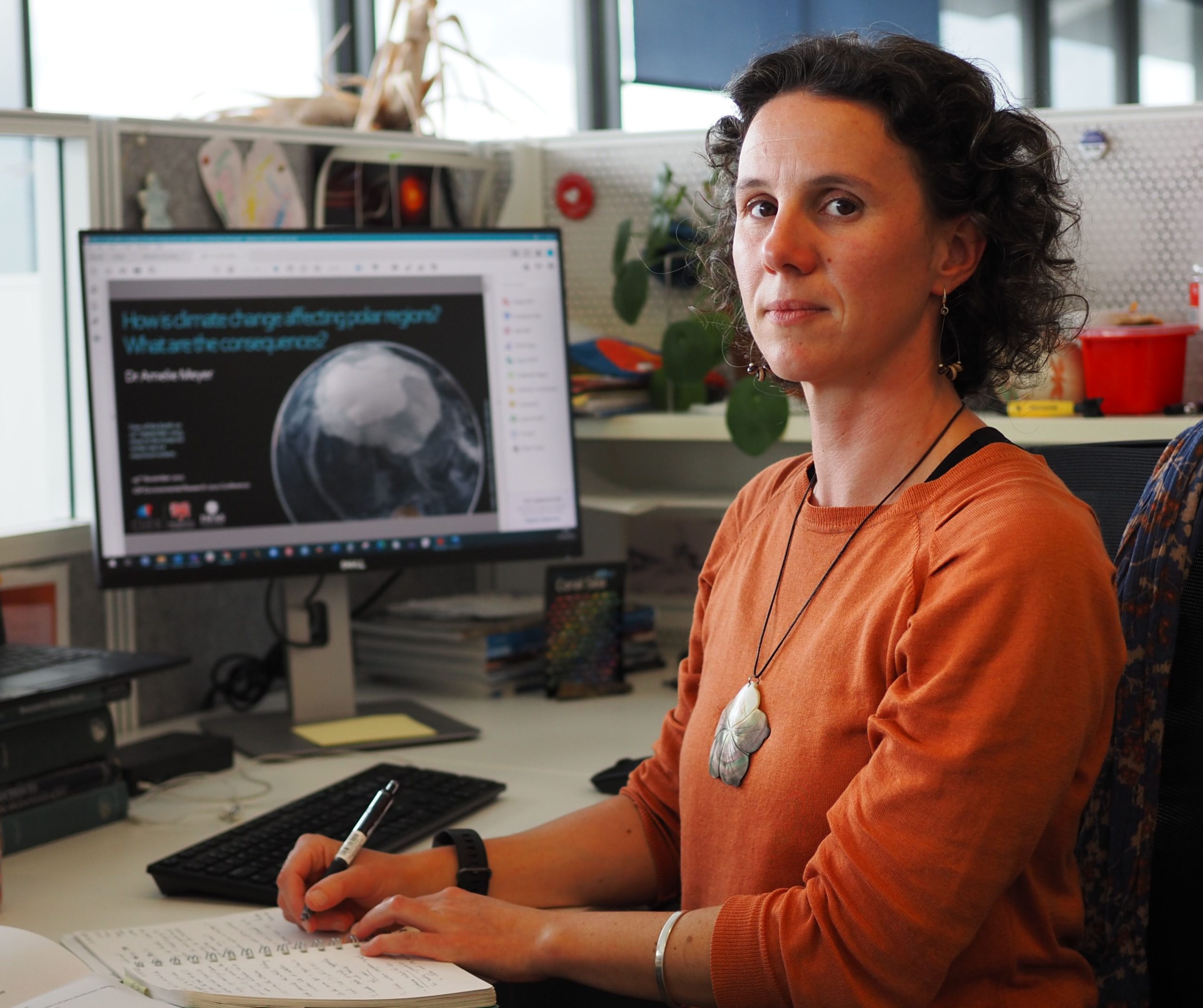
March
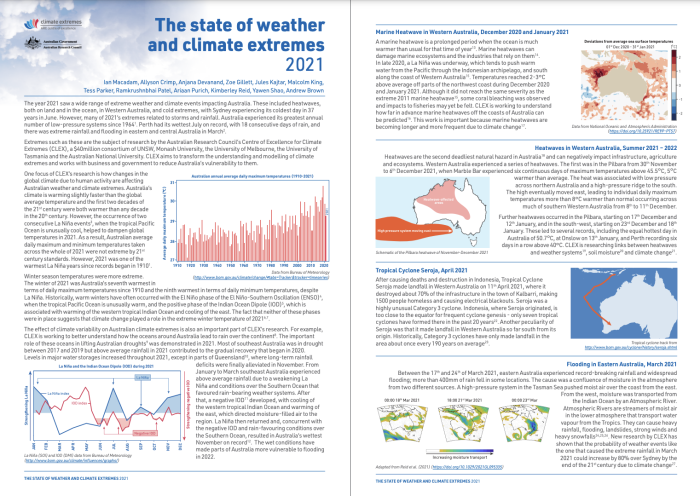
The inaugural State of Weather and Climate Extremes report was released, drawing on the Centre’s experts across floods, droughts, oceans, climate modelling and more, to help decision-makers understand the science of Australia’s climate extremes in 2021.

April
The Centre’s climate scientists worked with school teachers on Climate Classrooms – producing free resources to help teachers incorporate climate science into their classrooms and the curriculum.
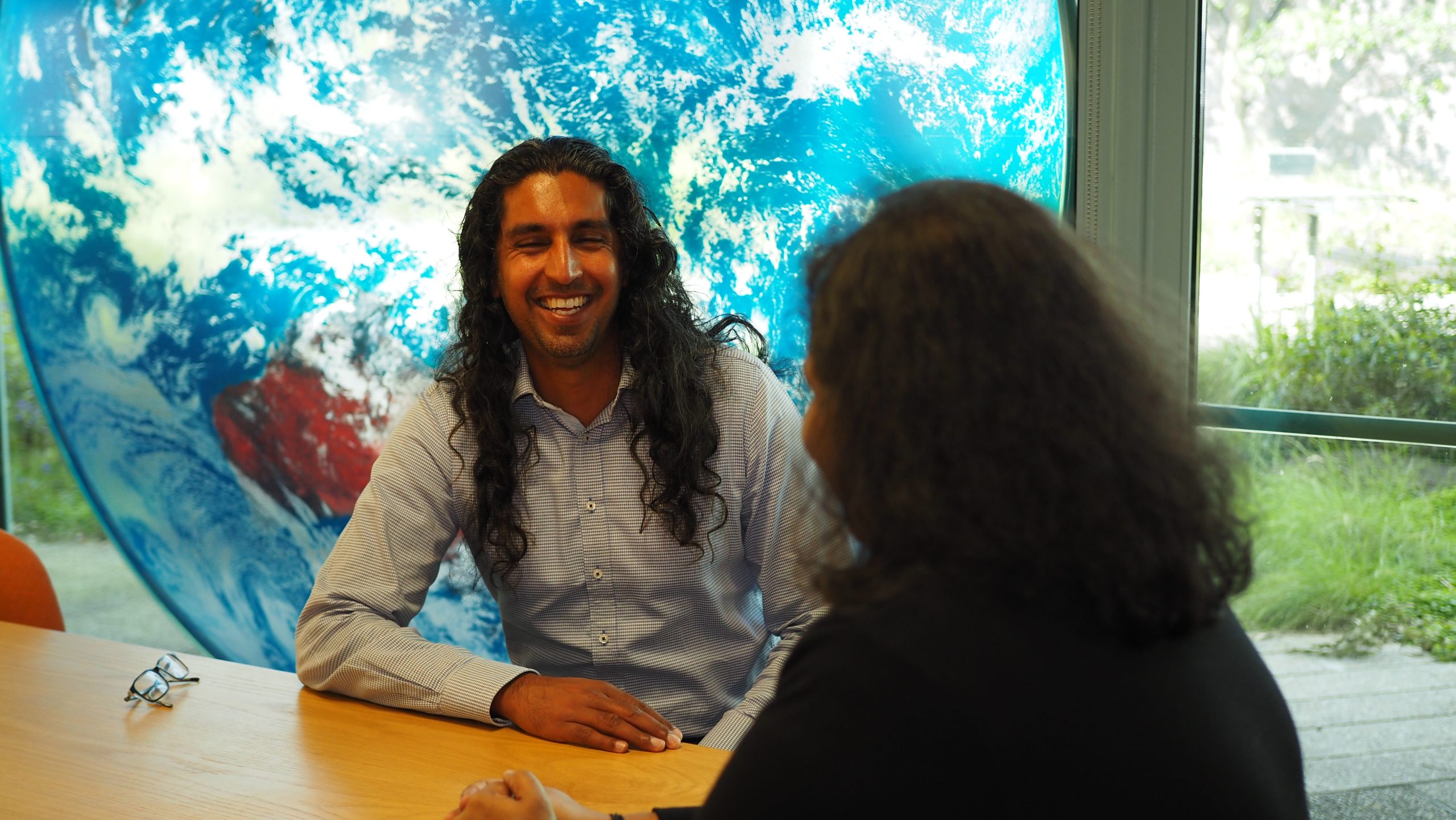
May
Dr Tess Parker and Dr Michael Barnes explained what caused Australia’s extreme rainfall in early 2022 in The Conversation.
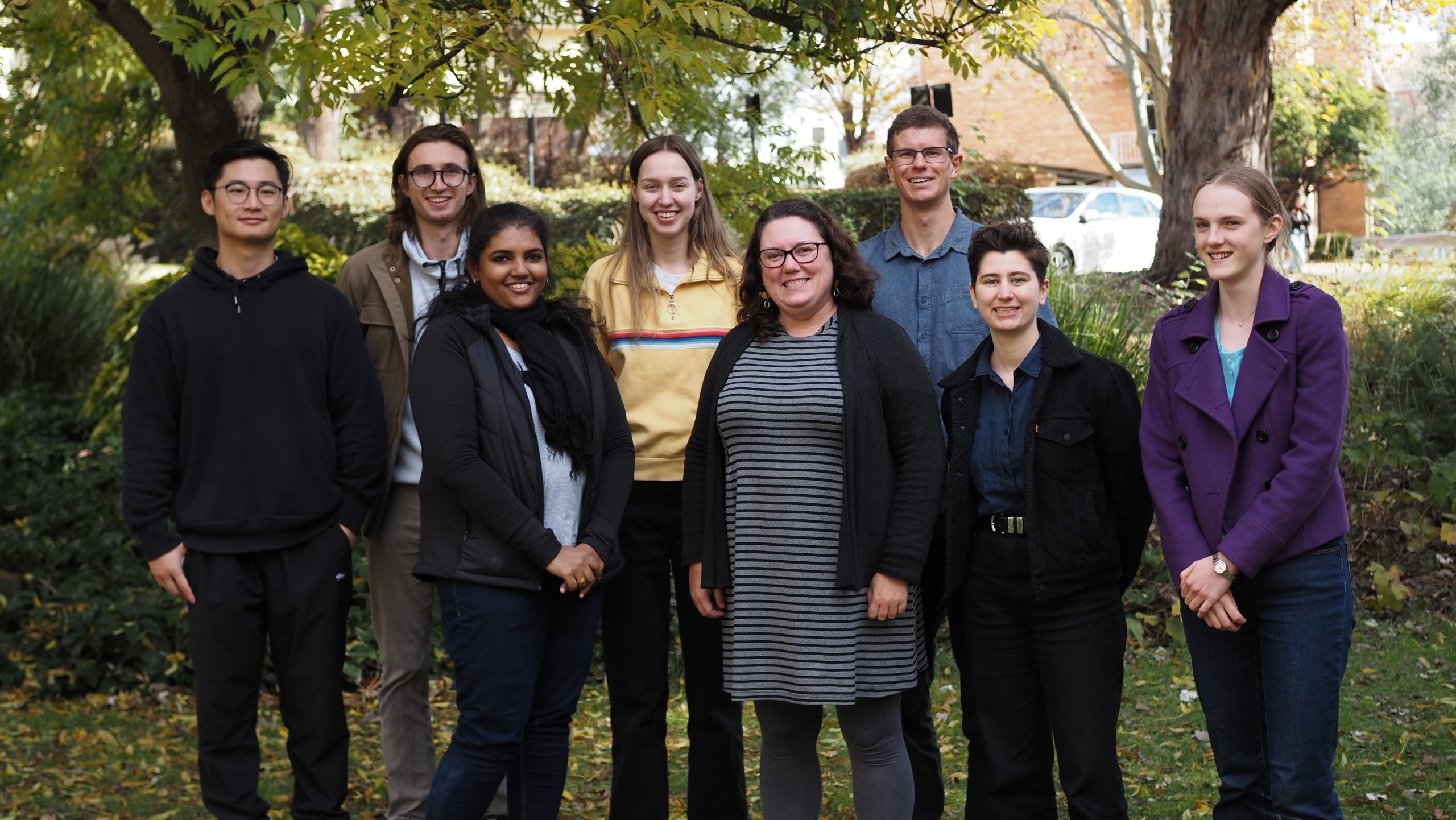
June
Dr Zoe Gillett collaborated on a briefing note for decision-makers on the implications of multi-year La Niña events. Dr Gillett then shared those findings with the community through a wide range of media outlets, becoming one of Australia’s “go-to” commentators on La Niña events.
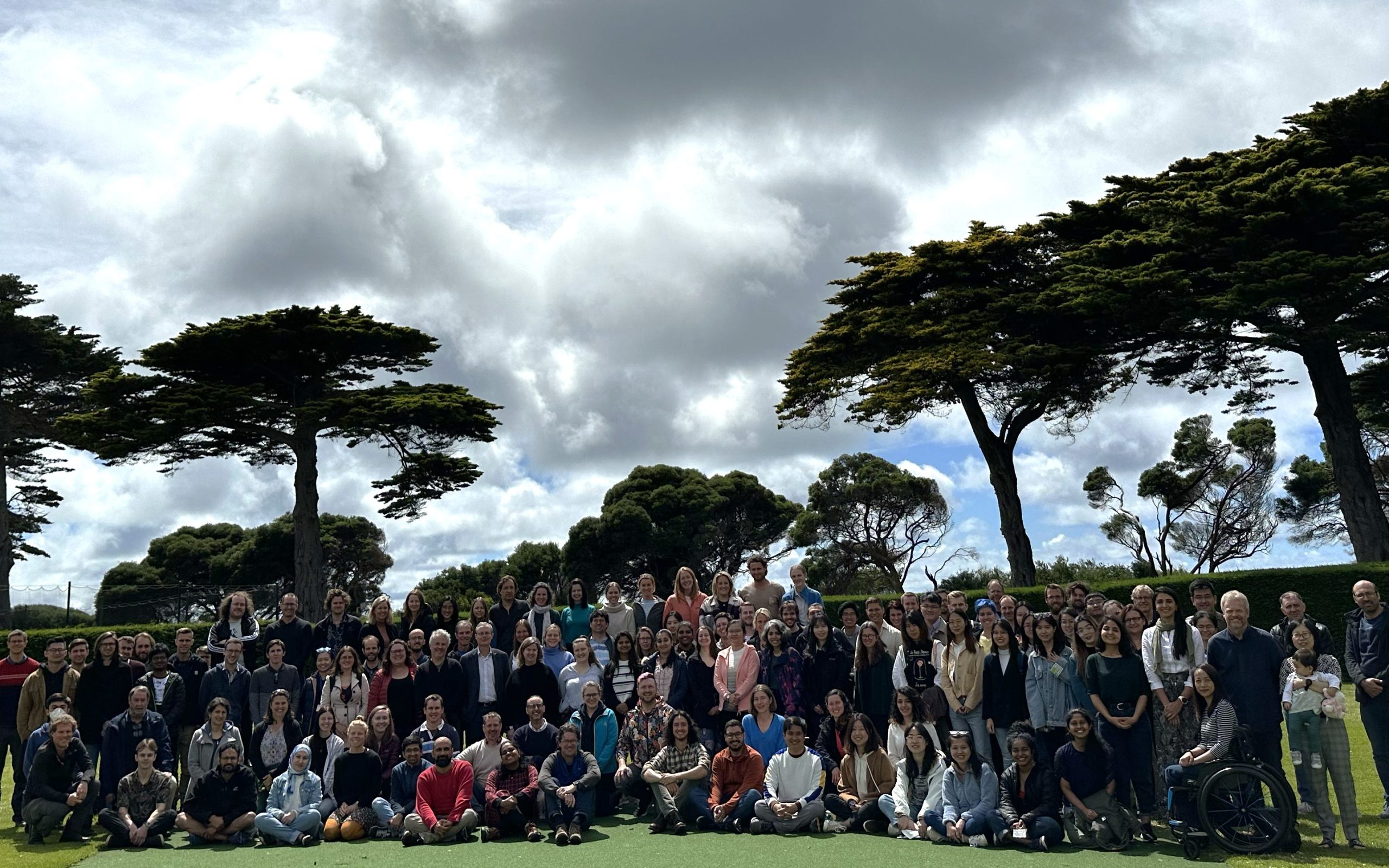
July
The Centre’s researchers hosted a live stream Q&A for the agriculture industry, answering the industry’s most pressing questions about climate science.
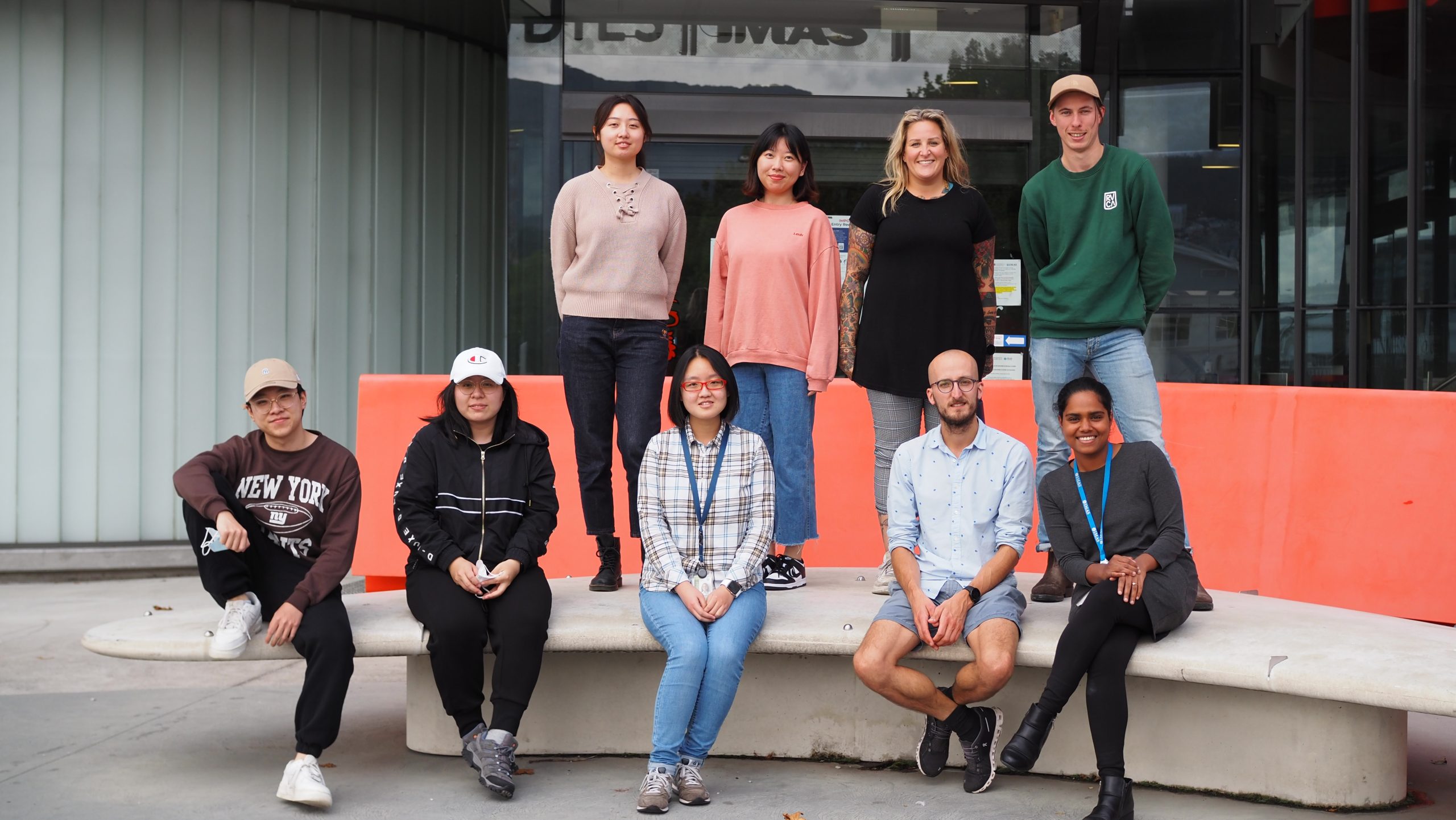
August
Centre experts made a submission to the Climate Change Bill 2022 and Climate Change (Consequential) Amendments Bill 2022 in Federal Parliament, leading to Professor Nerilie Abram appearing in the Australian Senate as an expert witness for the Australian Senate Environment and Communications Committee.
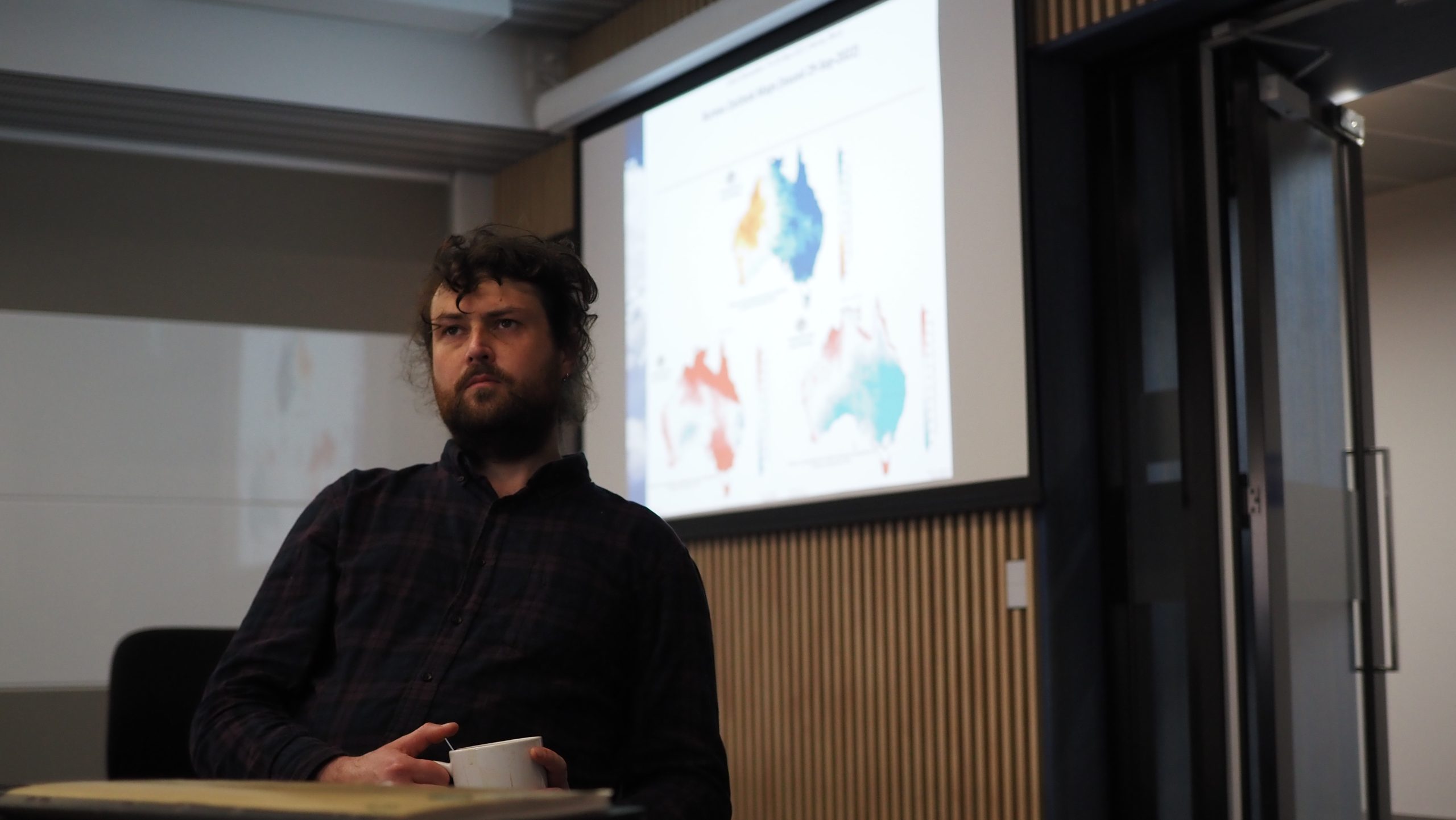
September
The Centre led global discussions regarding the role of compound events (multiple extreme climate/weather events that influence each other), releasing the briefing note, High-impact compound events in Australia.

October
Members of the Centre’s Drought research program learned about federal water policy in the Murray-Darling Basin – and the issues policymakers are grappling with – from a former director of Environmental Water Policy.
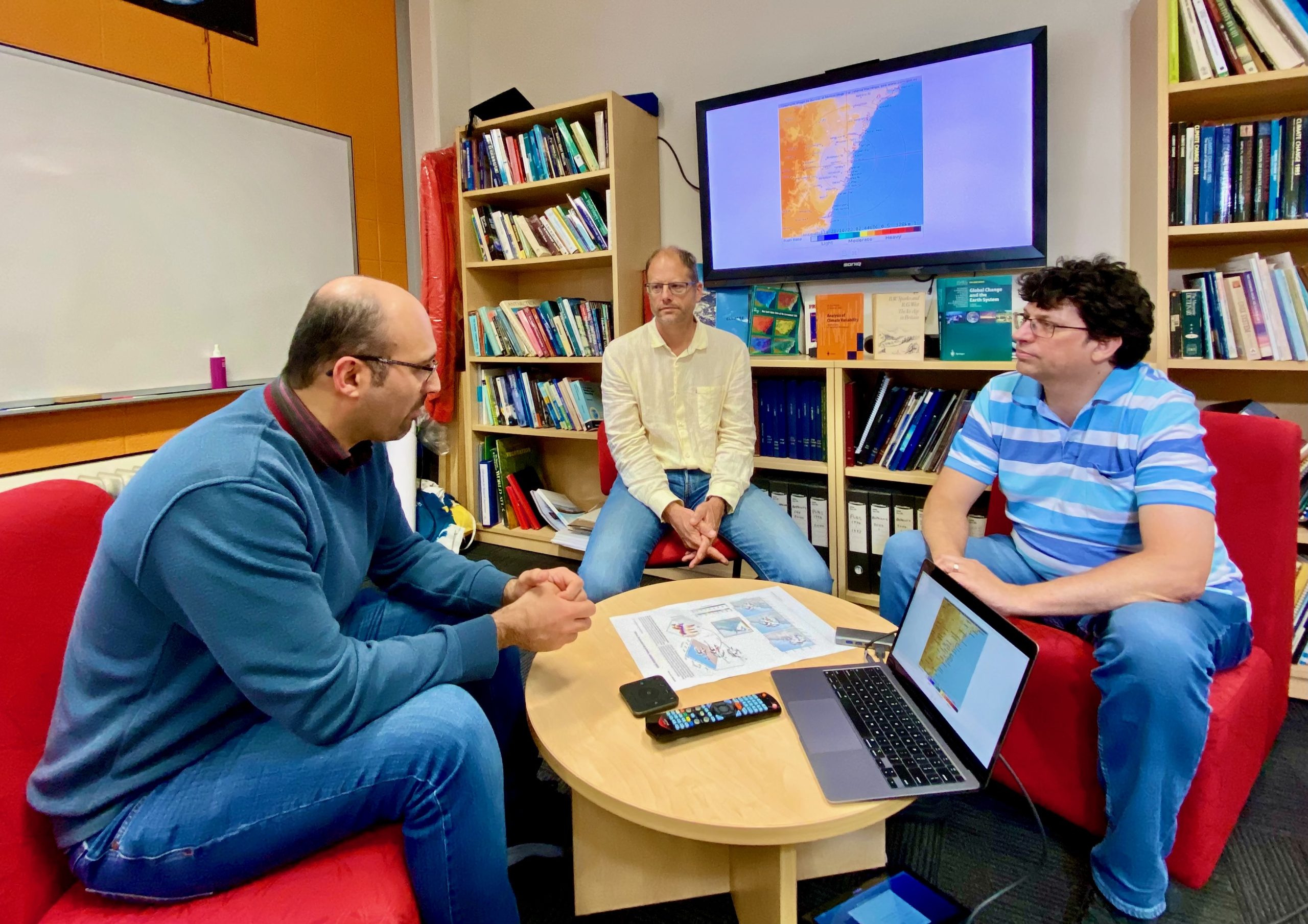
November
The Engagement and Impact team worked with Year 9 students at Camberwell High, in Melbourne’s east, to teach students about science communication skills.
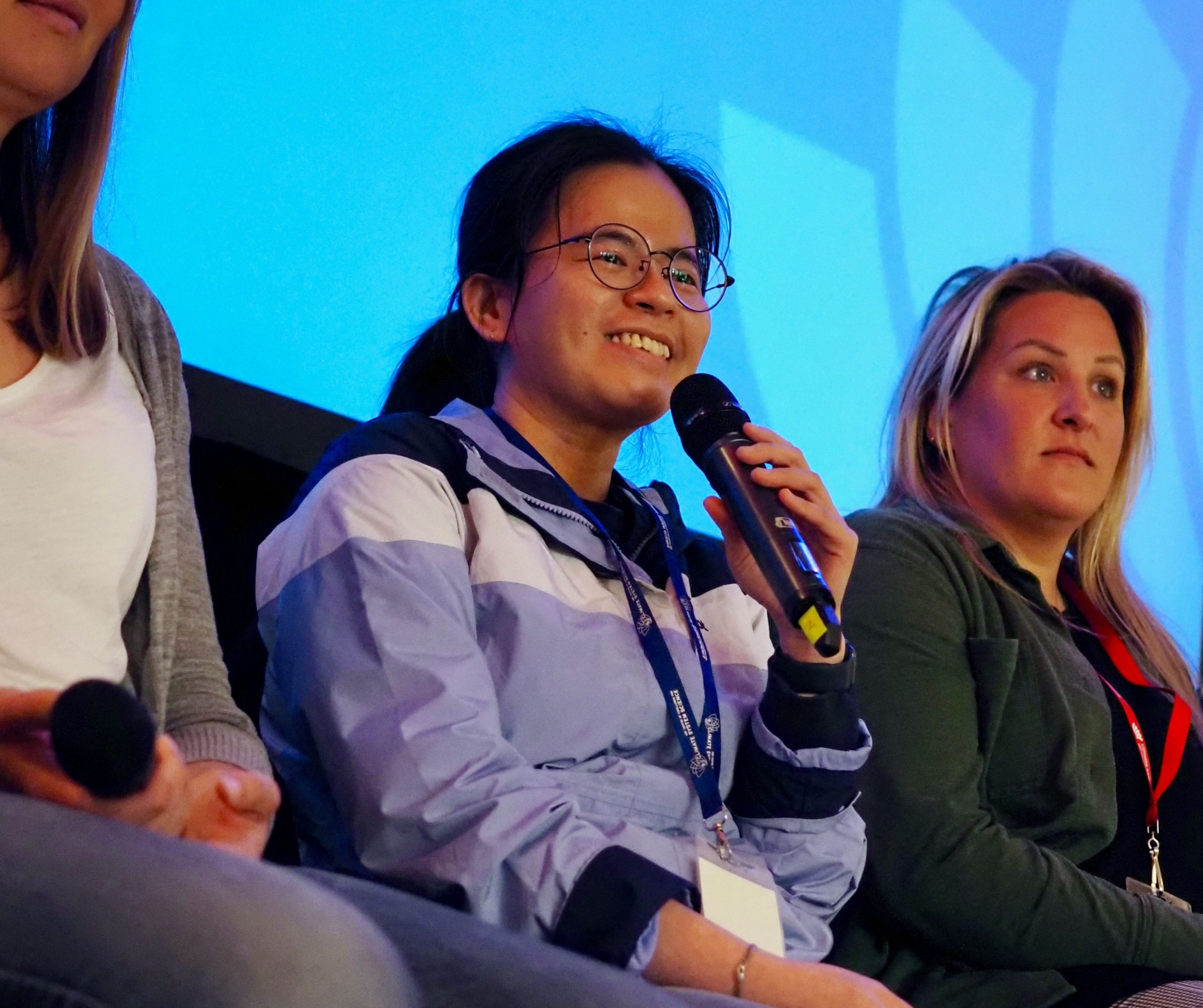
December
The Engagement and Impact Team supported our early career researchers to make a submission to the Australian Higher Education review, focusing on financial support for students.
ARC Centre of Excellence for Climate Extremes – Annual Report 2023
From the Chair of the Advisory Board
Climate Science Leaders of the Future
Weather and Climate Interactions Research Program
Attribution and Risk Research Program
Ocean Extremes Research Program
Computational Modelling Systems
Governance, Management and our Commitment to Equity, Diversity and Inclusion

